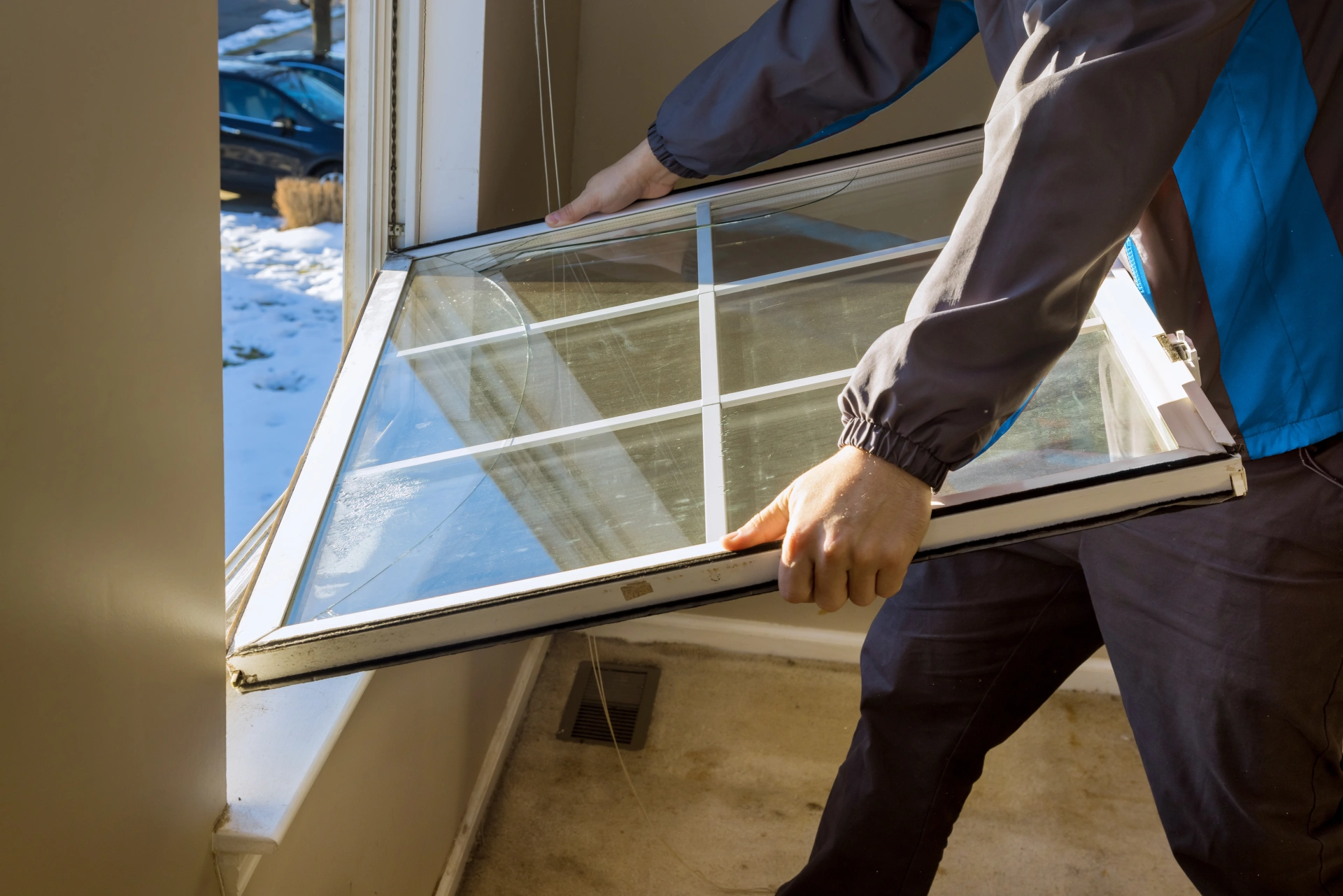When it comes to renovating or decorating your home, one of the most important decisions you’ll make is choosing the right flooring. Flooring not only impacts the look and feel of your space but also plays a key role in its functionality. With so many options available, it can be overwhelming to pick the best one for your needs. But don’t worry! In this blog, we will walk you through the top factors to consider when selecting flooring for your home.
Note: Ready to transform your home with the perfect flooring?
Contact one of the leading flooring companies in Dubai today to explore a wide range of high-quality flooring options that suit your style, budget, and needs. Whether you’re renovating or building from scratch, our team is here to guide you through every step of the process.
Get in touch now, for a free consultation and let us help you bring your vision to life!
1. Budget

One of the first things you’ll want to think about when choosing flooring is your budget. Flooring comes in a wide range of prices, from budget-friendly options to luxurious, high-end materials. Before you fall in love with a particular style, it’s important to have a clear understanding of how much you’re willing to spend.
While some flooring options, like hardwood or natural stone, may be more expensive, others, such as laminate or vinyl, can give you a similar look for a fraction of the price. Setting a budget early on will help you narrow down your choices and make the decision-making process a lot easier.
How to Stick to Your Flooring Budget
If you’re working with a tight budget, there are ways to save money without sacrificing quality. For example, choosing engineered hardwood instead of solid hardwood can offer a similar appearance at a more affordable price. Vinyl planks and laminate flooring can also replicate the look of natural wood, stone, or tile without the high cost.
You may also want to consider the cost of installation, as some types of flooring are more difficult to install and could add to your overall expense. Some retailers offer free or discounted installation if you buy the flooring from them, which could help you stay within budget.
2. Durability and Longevity
Another important factor to consider when choosing flooring is its durability. The flooring in your home needs to withstand daily wear and tear, especially in high-traffic areas like the living room, kitchen, and hallway. How long the flooring will last depends on the material you choose.
Flooring for High-Traffic Areas
For areas that see a lot of foot traffic, such as hallways or entryways, you need a flooring material that can handle the constant use without showing signs of damage quickly. Some flooring options are more durable than others. For example, tile, hardwood, and vinyl are all excellent choices for high-traffic areas due to their durability.
Hardwood floors are timeless, but they may show scratches and dents more easily if not cared for properly. If you have kids or pets, you might want to consider a more durable material like vinyl or tile, which can withstand heavy use without getting damaged.
Flooring for Low-Traffic Areas
In contrast, areas like the bedrooms or formal dining rooms may not require flooring that is as heavy-duty. In these areas, you could choose flooring materials that are a bit softer, like carpet or even cork, which can add warmth and comfort to your home.
3. Style and Design
The style of your home should heavily influence your choice of flooring. Flooring is one of the most visible features in a room, so it plays a big role in setting the tone and aesthetic of the space. Whether you prefer a modern, minimalist look or a warm, rustic feel, the right flooring can help bring your vision to life.
How to Match Flooring with Your Home’s Style
If your home has a traditional or classic design, hardwood floors might be a perfect fit. For a more contemporary look, polished concrete or large-format tiles might suit your needs. If you’re aiming for a cozy, inviting feel, carpets or wood-look vinyl can help create a welcoming atmosphere.
It’s also important to consider the color of your flooring. Lighter shades can make a room feel more spacious and airy, while darker shades create a sense of elegance and warmth. Neutral tones like beige, gray, or brown are versatile and work well in most settings, but if you want to make a bold statement, you can experiment with richer colors or patterns.
4. Maintenance Requirements
How much time are you willing to spend cleaning and maintaining your floors? Different flooring materials require different levels of maintenance. Some are easy to clean and maintain, while others demand more care to keep them looking their best.
Easy-to-Clean Options
If you lead a busy lifestyle and don’t have time for extensive cleaning, it’s important to choose flooring that is easy to maintain. Vinyl, laminate, and tile are excellent choices for busy homes because they’re easy to wipe down and don’t require much upkeep. These materials are also more resistant to stains and spills, which is particularly useful in kitchens or bathrooms.
Hardwood floors, on the other hand, require regular cleaning and occasional refinishing to keep them looking good. If you’re willing to put in the time and effort, however, hardwood floors can last for decades and add timeless beauty to your home.
Flooring for Easy Maintenance
If you’re not a fan of regular cleaning, you might want to opt for flooring that requires minimal care. Vinyl and laminate flooring are easy to clean with just a damp mop, and they don’t need to be polished or refinished like hardwood. Tile flooring is also a good option for kitchens and bathrooms because it is highly durable and easy to clean.
5. Climate and Weather Conditions
The climate and weather conditions in your area can also impact your flooring choice. Some materials perform better in certain environments than others, so it’s important to choose flooring that can handle your local climate.
Flooring for Hot and Humid Climates
In hot and humid climates, like those in many parts of the UAE, it’s essential to select flooring that can resist moisture and won’t warp or buckle under high humidity. Tile and stone are good options for humid areas because they’re non-porous and won’t absorb moisture. Vinyl and laminate are also great choices because they resist water damage and won’t swell or warp.
Flooring for Cold Climates
If you live in a colder climate, you might want flooring that helps insulate your home and keeps it warm. Carpet, cork, and engineered hardwood are all good choices for colder climates, as they provide warmth and comfort underfoot. If you choose tile or stone in colder areas, consider adding radiant heating underneath to make your floors more comfortable during the winter months.
6. Health and Safety Considerations
Your flooring choice can also have an impact on your health and safety, especially if anyone in your home suffers from allergies or has mobility issues.
Flooring for Allergy Sufferers
If you or someone in your household has allergies, consider flooring that doesn’t trap dust, dirt, or allergens. Hardwood, tile, and vinyl are all good choices because they don’t trap allergens like carpet does. If you do choose carpet, make sure to use a vacuum with a HEPA filter to reduce allergens.
Flooring for Safety
If you have young children or elderly family members, it’s important to choose flooring that is safe and reduces the risk of falls. Look for flooring with slip-resistant properties, such as textured vinyl, cork, or rubber. Avoid smooth, slippery surfaces like polished stone, especially in bathrooms or kitchens.
7. Environmental Impact
Sustainability is becoming an important consideration for many homeowners. If you’re concerned about the environmental impact of your flooring, look for eco-friendly options that are made from renewable resources or are recyclable.
Eco-Friendly Flooring Options
Bamboo is a popular choice for eco-conscious homeowners because it’s a renewable resource and grows quickly. Cork is another great option, as it’s harvested from the bark of cork oak trees without harming the tree itself. Recycled materials, like glass or rubber, can also be used for flooring and help reduce waste.
Sustainable Flooring for Your Home
Choosing flooring made from sustainable materials can help you reduce your carbon footprint while creating a stylish, functional space. Many flooring companies also offer environmentally-friendly finishes and low-VOC (volatile organic compounds) products, which contribute to better indoor air quality.
Conclusion
Choosing the right flooring for your home is a big decision that requires careful consideration of many factors. From your budget and the durability of the material to the style of your home and the level of maintenance required, there’s a lot to think about.
By keeping in mind factors such as your lifestyle, climate, health needs, and personal taste, you can make an informed decision that ensures your flooring will not only look great but also stand the test of time. Take your time, do your research, and you’ll find the perfect flooring for your home that fits your needs and budget.
This version eliminates the H tags but keeps the content structure intact, making it easier to read and more user-friendly. Let me know if you’d like further adjustments!
For more insightful articles related to this topic, feel free to visit techners.net






Leave a Reply